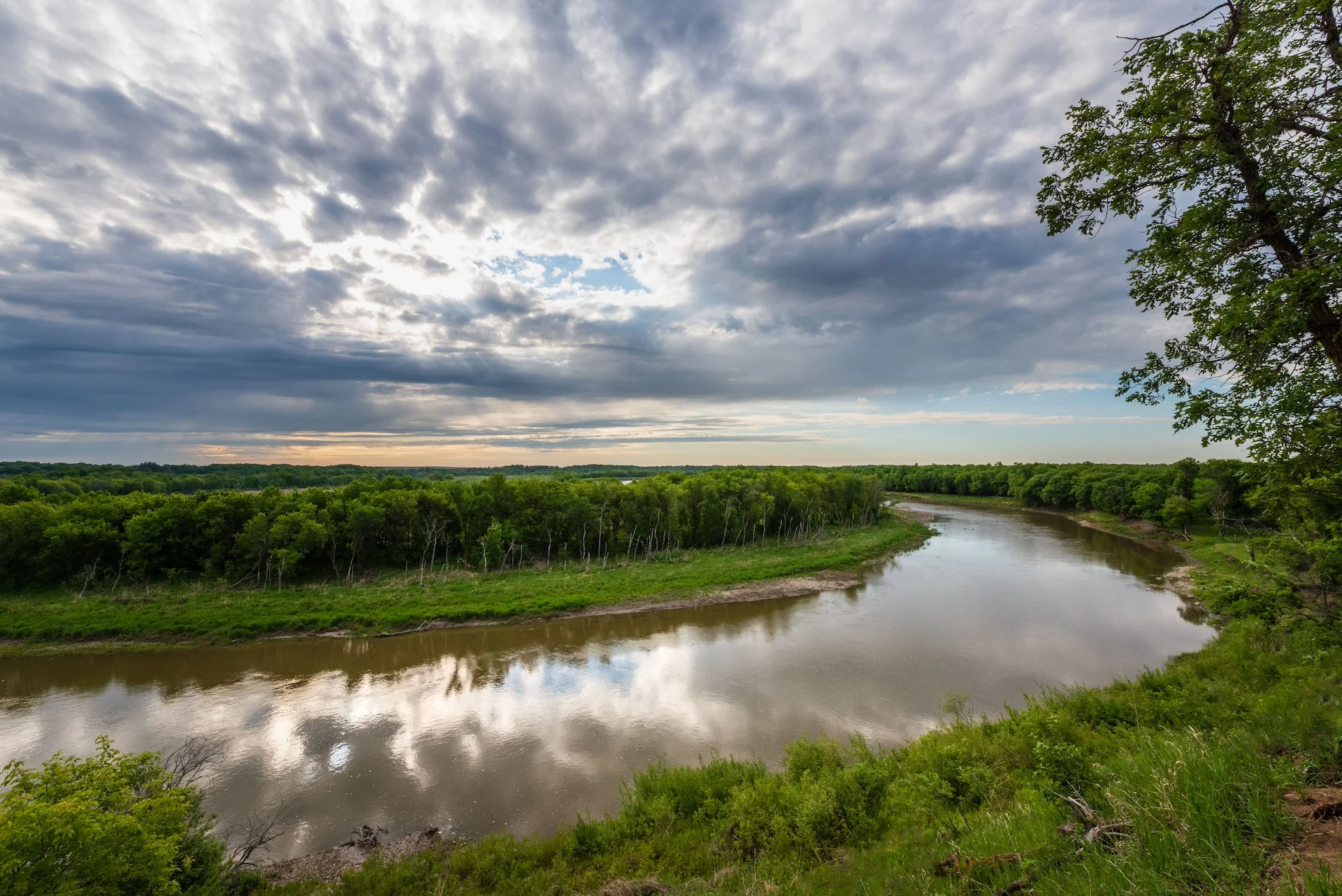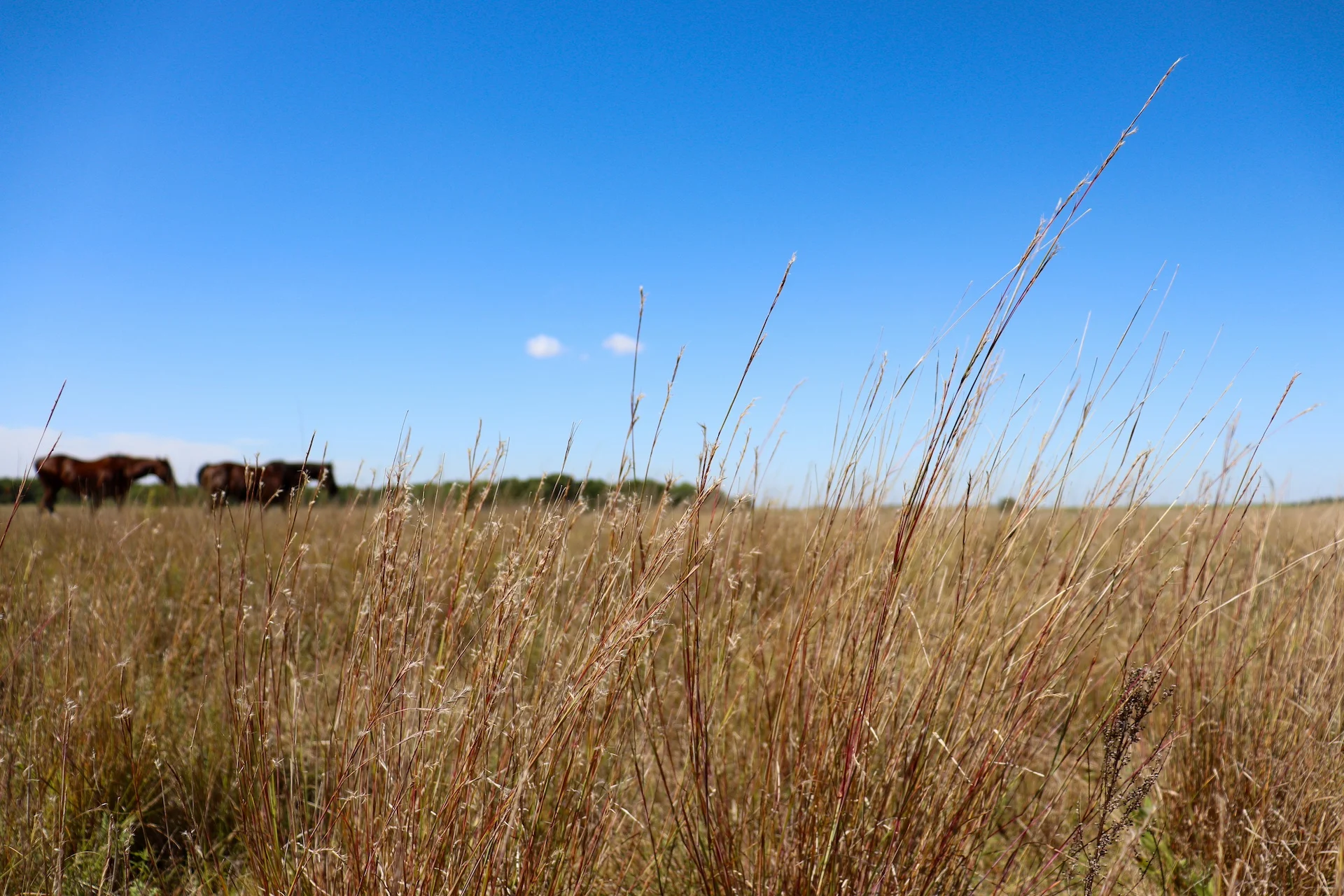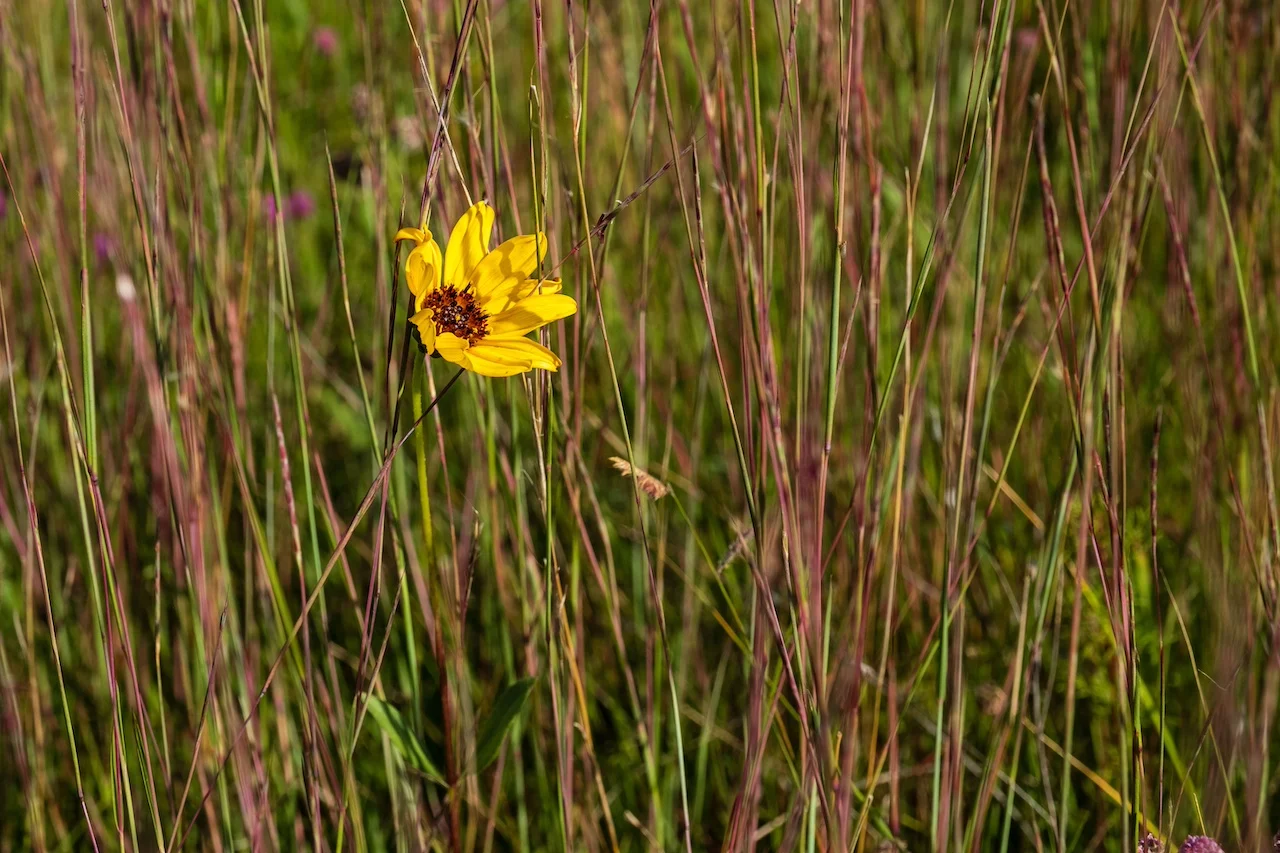
Partnerships key to successful protection of crucial Manitoba habitats
Working collaboratively with local communities is ensuring the Nature Conservancy of Canada (NCC) can secure wins for conservation, with two recently announced deals in Manitoba seen as examples
The Nature Conservancy of Canada's (NCC) recent deals to protect parcels of land in Manitoba serve as an example of how conservation success can be achieved hand-in-hand with members of the community.
The NCC unveiled a partnership with local Anishinaabe officials and the Beddome family last month to co-operatively steward and monitor 305 hectares of property on the banks of the Assiniboine River, south of Shilo, in Manitoba. The collaboration is being touted as a "celebration and testament" of the whole-of-society approach that is needed to handle the dual crises of biodiversity loss and climate change, according to NCC.
SEE ALSO: Action needed as Canada loses nearly 300 football fields of grasslands daily
Located near Brandon, Man., the site is seen by the non-profit organization as a way to push forward reconciliation with Indigenous Peoples.
Situated near an area known as Waggle Springs, the land was named Wabano Aki (pronounced wah-bah-no ack-ay). During the designation process, all parties involved shared their experiences, stories and understandings of how to live in harmony with the land. In Anishinaabe, Wabano Aki is construed as Tomorrows Land.

(Evan Woelk Balzer/Submitted to The Weather Network)
Josh Dillabough, NCC natural area manager, told The Weather Network in a recent interview that the Wabano Aki and its stewards are "really important" to grasslands, which are North America's most endangered, terrestrial ecosystem.
"Meshing that western science approach and having self-realization that there's more than just one way to look at land, it's important to gauge different communities [and know that] working together is the best path forward," said Dillabough.
Indigenous Peoples hold a 'very large amount' of knowledge
Dillabough said Indigenous Peoples have a "very large amount" of knowledge that western science lacks, helping to foster a special connection with the land.
"It's been, for me, a very special and very big learning curve. I've looked forward to every step along the process and I continue to enjoy it," said Dillabough. "It's a bright light in my work, and I really enjoy it."

(Evan Woelk Balzer/Submitted to The Weather Network)
The Wabano Aki is home to freshwater springs, mixed-grass prairie, wetlands and forest habitats. The property is vital for many wildlife and plant species, NCC said, including the northern leopard frog and round leaf monkey flower, and at-risk birds such as Sprague’s pipit and eastern wood-pewee.
"We have some rare birds that really like mixed-grass prairie. So, having grazing management on it, having prescribed fires, protection and abatement of invasive species that we see coming into it [will] really help that prairie be robust," said Dillabough.
The core of the project will see many uses for the Indigenous Peoples on the site, with "everybody working together to make it better for everybody," said Dillabough.

(Doug Derksen/Submitted to The Weather Network)
"Being a robust prairie means there are native, medicinal plants still out there that can be harvested sustainably, and then [that] supports that local economy," said Dillabough.
"NCC is committed to working with a variety of communities and groups. We wish to engage as many Indigenous, local communities in the areas that we work in that we can."
WATCH: Prairie grasslands disappearing at an alarming rate in Canada
Habitat for burrowing owl protected in southern Manitoba
In addition to the Wabano Aki partnership announced in Manitoba last month, the NCC recently unveiled another conservation deal in a different part of the province.
The new Jackson Pipestone project will see more than 500 hectares of habitat protection in two newly established conservation areas near Broomhill and Sifton, Man. The major and fast pace at which habitat loss is occurring in the area means these lands are among the last bastions of native, mixed-grass prairie in the province, according to NCC. The ecosystem is critical for many at-risk species, including the endangered burrowing owl.

(Jackson Pipestone W. Potrebrka Photography/Submitted to The Weather Network)
The burrowing owl population on the Prairies has dropped by more than 96 per cent since 1987, according to the Manitoba Burrowing Owl Recovery Program.
Besides burrowing owls, the site features threatened species such as the chestnut-collared longspur and bobolink, as well as the Baird’s sparrow, which is of special concern.
The deal is part of NCC's Prairie Grasslands Action Plan, which proposes to conserve more than 500,000 hectares (more than 5,000 square kilometres) by 2030 —- six times the size of Calgary.
According to NCC, the group has already raised nearly 90 per cent of what’s needed to secure and steward the ecologically important lands in southern Manitoba. More information on Canada’s Prairie grasslands can be found at prairiegrasslands.ca.
WATCH: This sacred site holds thousands of ancient rock art images
Thumbnail courtesy of Doug Derksen.
Follow Nathan Howes on the X platform, formerly known as Twitter.











